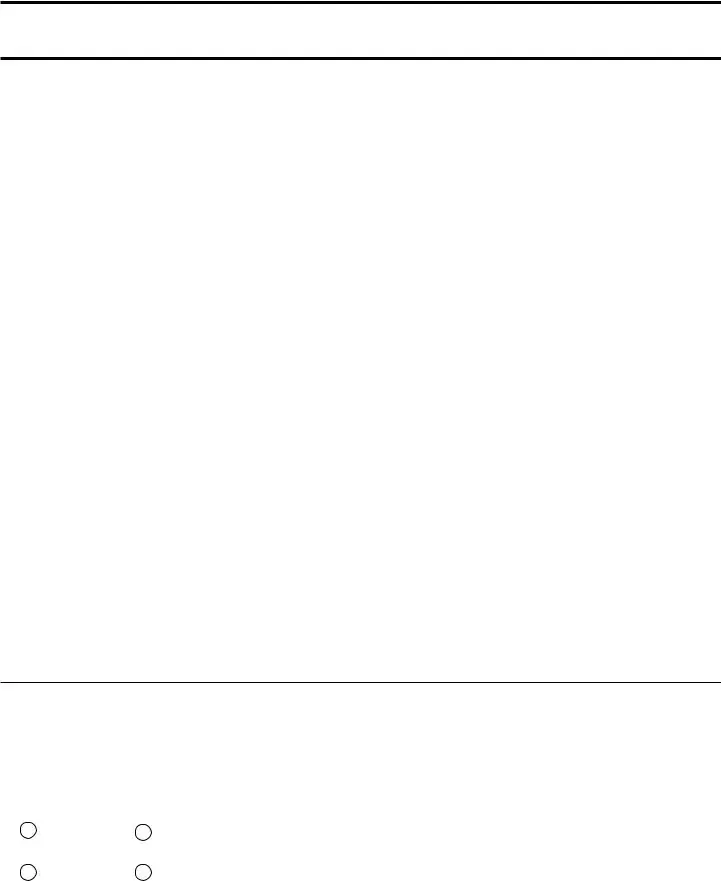The IRS 941 form, used by employers to report quarterly federal taxes, shares similarities with other tax-related forms used for different but related purposes. For example, the IRS Form 940 is quite similar in its function. It is used by employers to report their annual Federal Unemployment (FUTA) tax. Both forms are necessary for compliance with federal tax obligations, focusing on employee wages, tips, and other compensation, but while the 941 deals with income tax, social security, and Medicare, the 940 focuses on unemployment taxes.
Another comparable document is the IRS Form 944, designed for small employers who have an annual liability of $1,000 or less for social security, Medicare, and withheld income taxes. This form allows them to report taxes annually instead of quarterly, making it similar to the 941 but catering to businesses with smaller tax liabilities. This similarity lies in the type of tax information reported, despite the difference in reporting frequency.
The IRS Form W-2 is also related but serves a different function. It is issued by employers to report an employee's annual wages and the amount of taxes withheld from their paycheck. The connection between the W-2 and the 941 forms is direct; the information provided on the W-2s for all employees should match the totals reported on the 941, ensuring that the withholdings reported quarterly align with the annual sums provided on W-2s.
IRS Form W-3 works in tandem with the Form W-2 by summarizing the total wages and taxes withheld for all employees of a company. Essentially, it compiles the information from all W-2 forms into a single report. While the W-3 is an annual summary, the 941 provides quarterly updates. Both forms ensure the IRS receives accurate summaries of wages paid and taxes withheld, serving as checks on the consistency and accuracy of reported figures.
IRS Form 1099-MISC is used to report payments made to independent contractors or freelancers and is somewhat similar to the 941 in its tax reporting function. Whereas the 941 form is for reporting employee wages and withholdings, the 1099-MISC is for reporting payments not subject to those withholdings, highlighting the scope of federal tax reporting obligations beyond traditional employment.
The IRS Schedule B (Form 941) is an accompanying form for the 941, used by employers who must make employment tax deposits more frequently than the quarterly schedule or have accumulated taxes above a certain threshold. This schedule provides a detailed record of each tax deposit made during the quarter, aligning closely with the 941’s purpose by offering a more granified view of tax payment timing and amount.
Lastly, IRS Form 945 is used to report withheld federal income tax from nonpayroll payments, including gambling winnings, pension distributions, and backup withholding. Similar to the 941, this form focuses on the reporting of withheld taxes, but differs in the type of income it covers. The similarity underscores the IRS's broad reach in tax collection efforts, capturing both employment and non-employment income sources.
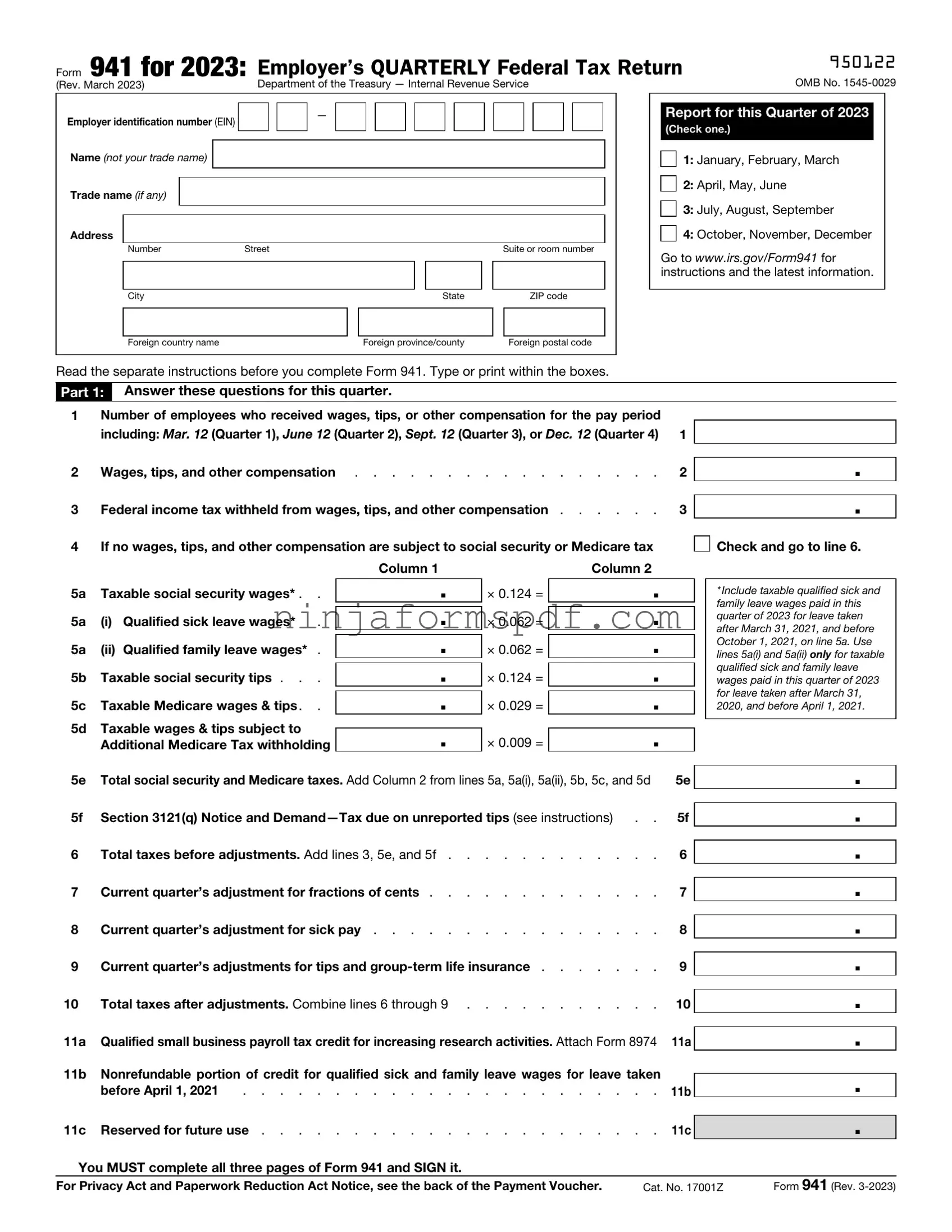
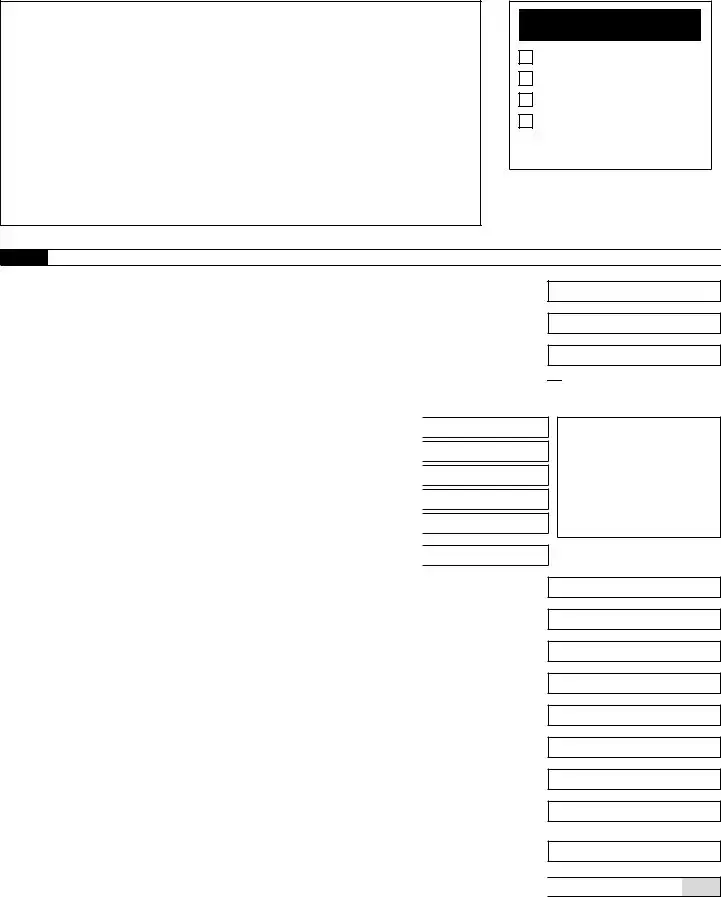

 Check and go to line 6.
Check and go to line 6.
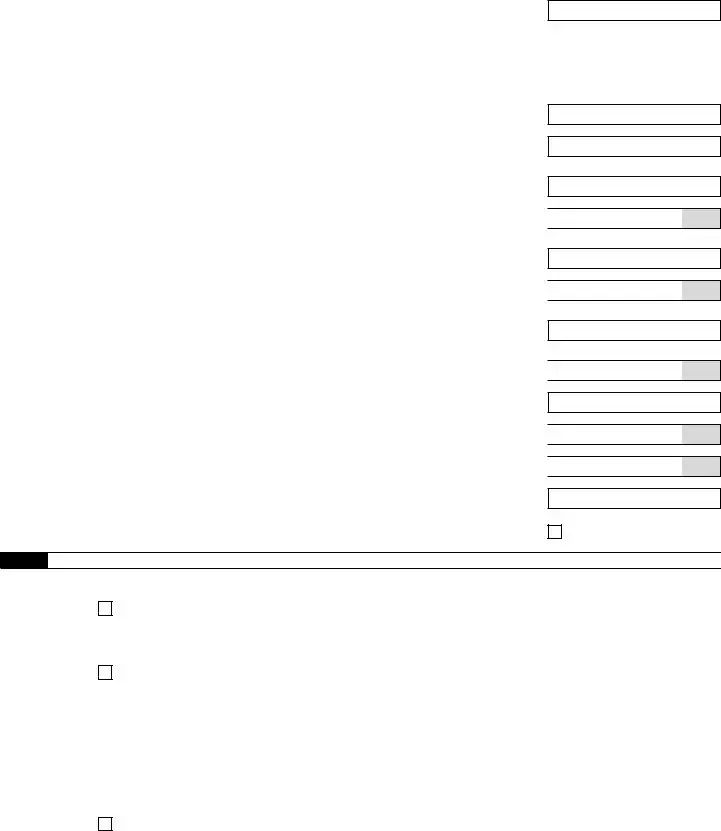
 .
. .
. .
. .
. .
.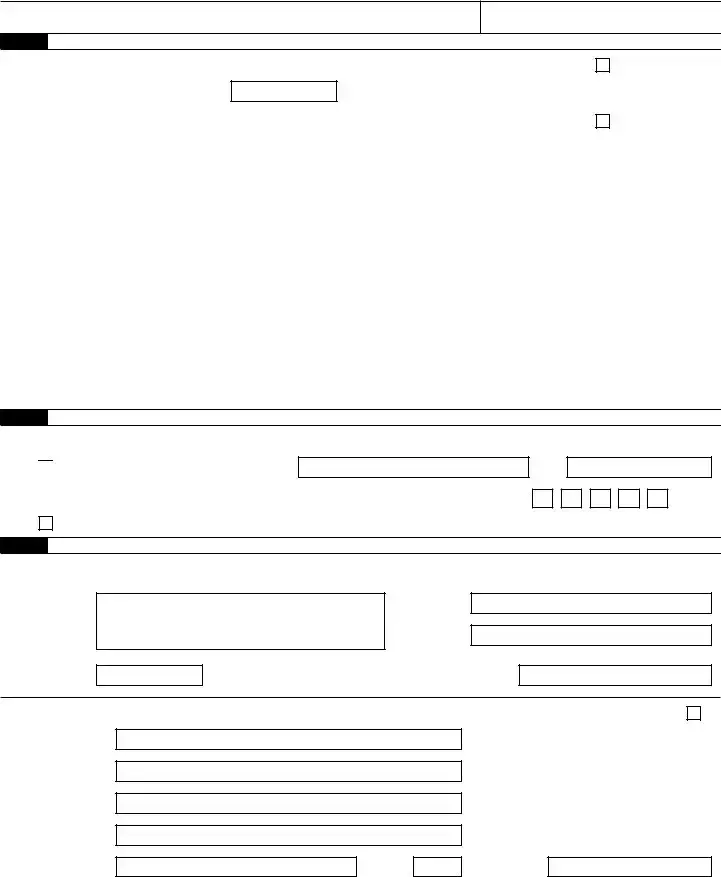

 Yes. Designee’s name and phone number
Yes. Designee’s name and phone number